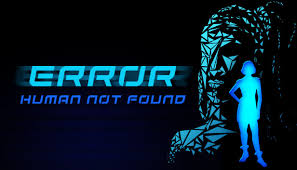Exploring the Nature of Creativity Across Species
Creativity, traditionally viewed as a uniquely human trait, involves the ability to generate ideas or artifacts that are novel and valuable. Historically, the creation of art, literature, music, and innovative solutions to complex problems has been considered a defining aspect of human culture and intelligence. However, recent research suggests that the concept of creativity may not be limited to humans alone.
Animal Innovations: Signs of Creativity
Studies have documented instances of what can be considered creative behavior in various animal species. For example, New Caledonian crows are known for their tool-making abilities, creating hooks from twigs to fish out insects from tree bark. This ability to manipulate their environment in novel ways to solve food acquisition problems shows a level of innovative thinking that parallels human creativity.
AI and Creative Processes
The advent of advanced artificial intelligence systems has further blurred the lines of creativity’s exclusivity to humans. AI programs like DeepArt have demonstrated the ability to produce art by learning from thousands of paintings and creating new images in recognizable styles. For instance, an AI-generated artwork was sold at a Christie’s auction for an astounding $432,500, showcasing that AI can indeed create art that humans find valuable and intriguing.

Human or Not: Challenging the Creative Domain
The question remains: does the ability of AI to generate art and the innovative behaviors seen in animals qualify as "true creativity"? This debate touches on deep philosophical questions about the essence of creativity and intelligence. For more on this debate, visit human or not.
Creativity in Robotics
In the realm of robotics, engineers have developed systems that can write poetry, compose music, and even perform dance routines choreographed through algorithms. These robots utilize machine learning to analyze existing works and synthesize new creations that reflect learned patterns and structures.
The Role of Emotion and Subjectivity in Creativity
A critical aspect of creativity involves the influence of emotion and subjective experiences, areas where AI and animals have limitations. Human creativity is deeply tied to personal experiences, emotions, and the human condition, aspects that are currently beyond the capabilities of AI. This subjective quality of human creativity is what many argue AI cannot replicate.
Evaluating the Broader Implications of Non-Human Creativity
The emergence of creative behaviors in AI and animals poses significant questions for fields such as copyright law, ownership, and the definition of creativity itself. As non-human entities increasingly participate in creative activities, society must reconsider the legal and ethical frameworks that have traditionally governed these domains.
Navigating the Future of Creative Intelligence
While AI and certain animals exhibit behaviors that mimic or resemble human creativity, the debate over whether this constitutes true creativity is ongoing. The evolution of AI and further research into animal cognition will continue to challenge and potentially expand our understanding of creativity. As we move forward, it will be crucial to continue exploring these boundaries, ensuring that our definitions and appreciation of creativity evolve with our understanding of both human and non-human capabilities.